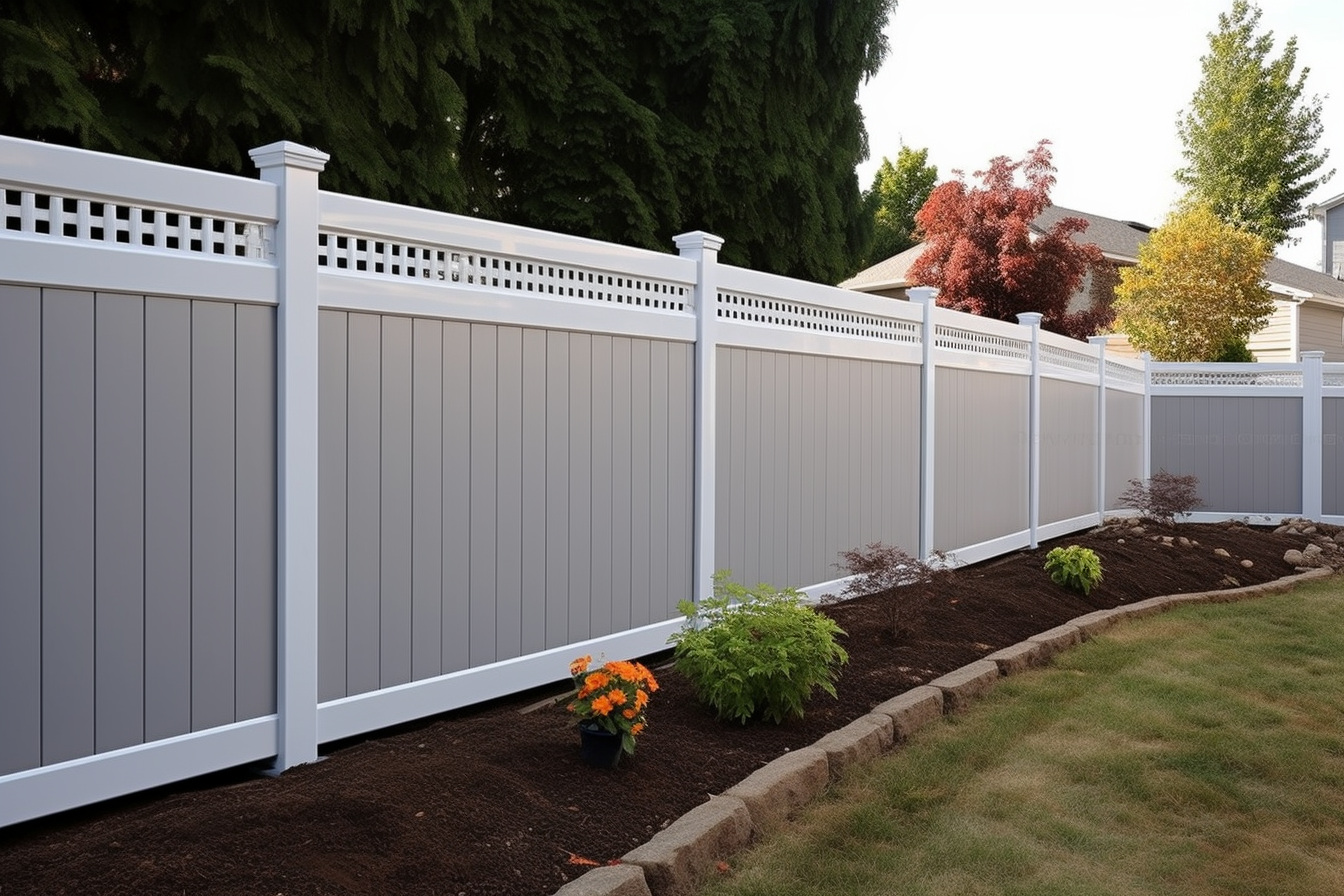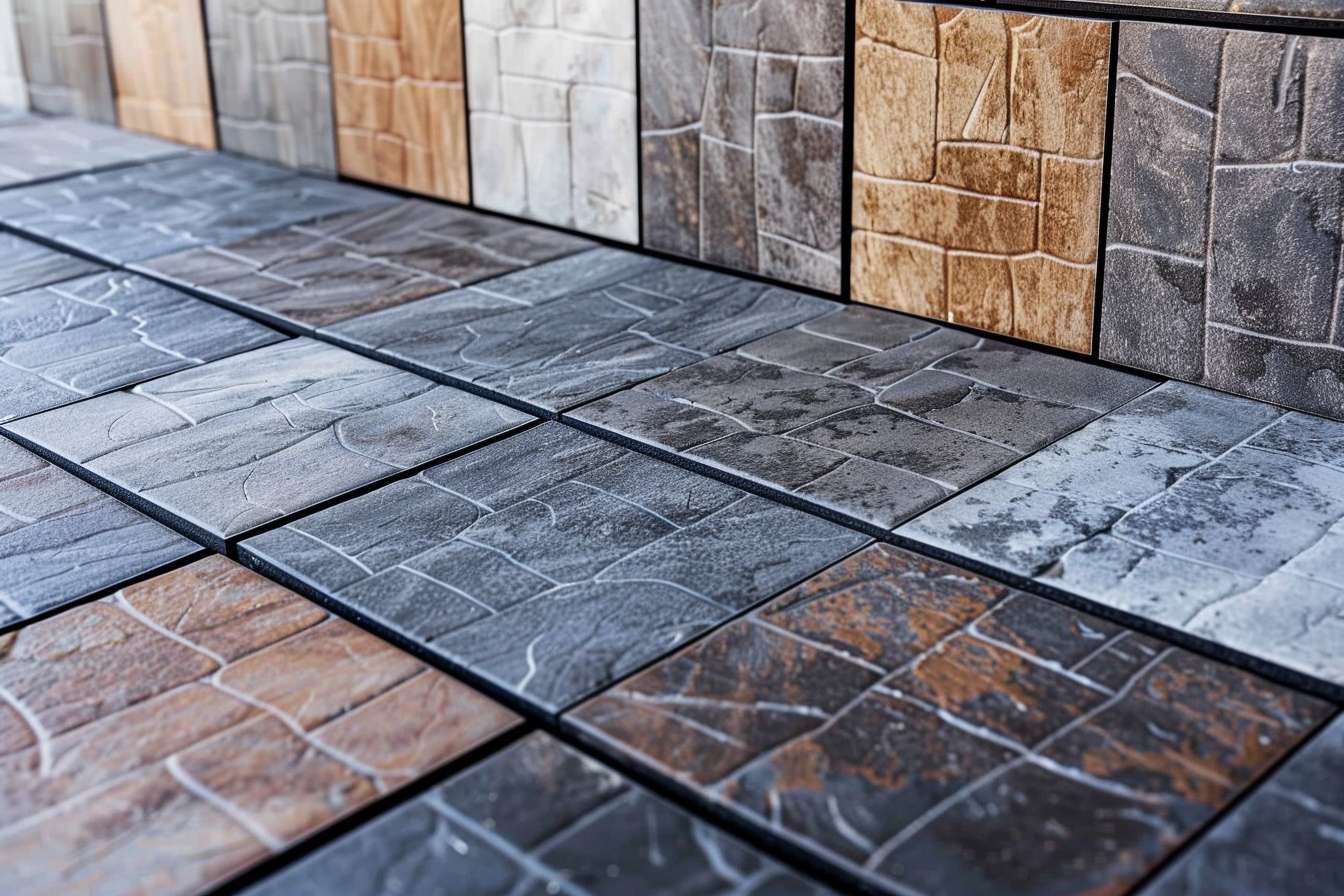Explore Wooden Fences – Classic Style with Practical Benefits
Wooden fences remain one of the most popular choices for garden boundaries across the UK, offering a perfect blend of natural beauty and functionality. These classic structures not only enhance the aesthetic appeal of your outdoor space but also provide privacy, security, and clear property boundaries. Whether you're looking to enhance your garden's charm or create a more defined outdoor living area, wooden fences offer versatility that few other fencing materials can match.

Affordable Wooden Fences for Every Budget
Wooden fencing stands out as one of the most cost-effective boundary solutions available today. Traditional wooden panels are typically less expensive than their metal, composite, or stone counterparts, making them accessible for homeowners with varying budgets. The initial investment in wooden fencing can be remarkably reasonable, especially when compared to alternatives like brick walls or wrought iron. Additionally, timber is widely available in different grades and types, allowing you to select options that align perfectly with your financial constraints without compromising on quality or appearance.
Budget-Friendly Wood Fence Panels: Types and Options
The variety of wooden fence panels available provides excellent options for cost-conscious homeowners. Featherboard (featheredge) panels offer a traditional, overlapping design that provides complete privacy while remaining affordable. Lap panels feature horizontal boards that overlap slightly, creating a simple yet effective boundary at a lower price point. Picket fencing delivers a charming, cottage-garden aesthetic while typically costing less due to using less timber. For those seeking maximum savings, pressure-treated softwood panels offer durability at considerably lower prices than hardwood alternatives, making them perfect for gardeners watching their spending.
Cost-Effective Backyard Fencing Installation Methods
Significant savings can be achieved through thoughtful installation approaches. DIY installation represents the most substantial cost-saving opportunity, eliminating labour expenses which often account for 50-70% of professional fencing quotes. Many wooden fence systems are designed with straightforward installation in mind, featuring pre-made panels that can be mounted between posts with basic tools and moderate DIY skills. For those less confident in their abilities, considering off-peak season installation through professionals can yield discounts, as fencing companies often reduce prices during slower winter months when demand decreases.
Wooden Fences for Small Yards: Maximising Space
In compact gardens, wooden fencing offers unique advantages that can make spaces feel larger and more functional. Vertical board designs draw the eye upward, creating an illusion of height that counters limited horizontal space. Light-coloured finishes or semi-transparent stains reflect more light, preventing small areas from feeling enclosed or shadowy. Integrated features like slim planter boxes or vertical growing systems make fences multifunctional without consuming valuable floor space. Additionally, horizontal slatted designs create a contemporary aesthetic while providing a sense of expanded width – a valuable visual trick in narrow gardens.
Maintenance Requirements and Longevity
Wooden fences require regular maintenance to preserve their appearance and structural integrity. Typically, applying a protective wood treatment every 1-3 years will prevent rot and extend the fence’s lifespan significantly. Pressure-treated timber generally requires less frequent maintenance, making it a practical choice for busy homeowners. With proper care, a quality wooden fence can last 15-20 years, representing excellent long-term value. Periodic checks for loose boards or posts, especially after storms, will help identify issues before they become costly problems requiring full replacement.
Cost Comparison of Popular Wooden Fence Options
| Fence Type | Average Material Cost (per metre) | Installation Cost (per metre) | Expected Lifespan |
|---|---|---|---|
| Featherboard/Featheredge | £25-£40 | £40-£70 | 15-20 years |
| Lap Panel Fencing | £20-£30 | £35-£60 | 10-15 years |
| Picket/Palisade | £15-£25 | £30-£50 | 10-15 years |
| Close Board | £30-£50 | £45-£80 | 15-25 years |
| Hit and Miss Panels | £35-£55 | £45-£70 | 15-20 years |
Prices, rates, or cost estimates mentioned in this article are based on the latest available information but may change over time. Independent research is advised before making financial decisions.
Environmental Benefits and Sustainability
Wooden fences offer significant environmental advantages compared to alternatives. Timber is a renewable resource when sourced from responsibly managed forests, and many suppliers now offer FSC-certified wood options. Unlike vinyl or concrete fencing, wooden panels naturally biodegrade at the end of their lifecycle rather than remaining in landfills for centuries. The production process for wooden fencing also typically requires less energy than manufacturing metal or composite alternatives, resulting in a lower carbon footprint. For environmentally conscious homeowners, selecting locally sourced timber further reduces transportation emissions while supporting regional economies.
Wooden fences continue to offer an unmatched combination of aesthetic appeal, practicality, and affordability for gardens of all sizes. Their timeless charm complements various architectural and landscaping styles, while their cost-effectiveness makes them accessible to most homeowners. Whether you’re seeking privacy, defining boundaries, or simply enhancing your garden’s appearance, wooden fencing provides versatile solutions that can be tailored to your specific needs and budget. With proper maintenance and care, these classic garden elements will continue to serve and beautify your outdoor space for many years to come.




